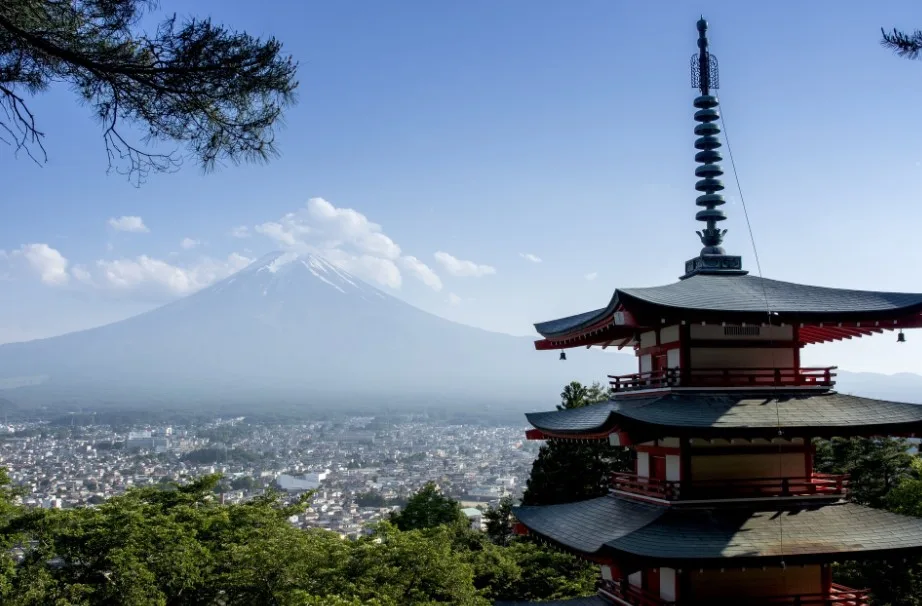
The 1707 Hōei earthquake was Japan's largest until 2011
On this day in weather history, an earthquake hit Japan.
This Day In Weather History is a daily podcast by Chris Mei from The Weather Network, featuring stories about people, communities and events and how weather impacted them.
--
On Friday, October 28, 1707, at 2:00 p.m., an earthquake hit south-central Japan. The quake, dubbed the 1707 Hōei earthquake, caused damage throughout southwestern Honshu, Shikoku and southeastern Kyūshū.
The Hōei quake, which was the biggest in Japan until the 2011 Tōhoku earthquake, is the only event to rupture all of the segments of the Nankai megathrust at the same time.
The event also triggered a tsunami that reached heights as high as 23 m in Tanezaki. The tsunami killed over 5,000 people and destroyed 29,000 houses. It also triggered a major landslide which buried a 1.8 km2 area.
The earthquake might have triggered the eruption of Mount Fuji, which occurred 49 days later. There was evidence that the earthquake caused a shift in static stress, which caused a pressure change in the magma chamber under Mount Fuji.
In 2011, the Tōhoku earthquake and tsunami killed 20,000 people and injured an additional 6,242.
To learn more about the 1707 Hōei earthquake, listen to today's episode of "This Day In Weather History."
Subscribe to 'This Day in Weather History': Apple Podcasts | Amazon Alexa | Google Assistant | Spotify | Google Podcasts | iHeartRadio | Overcast'
Thumbnail: Courtesy of Pixabay









